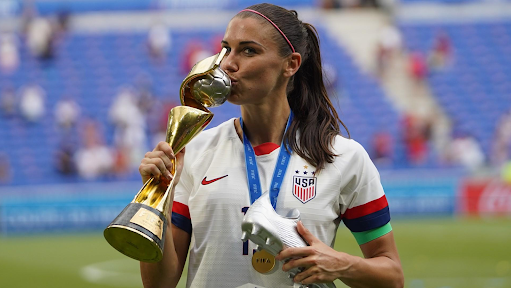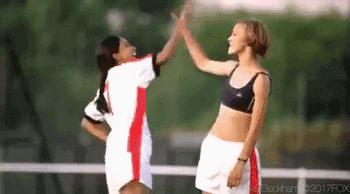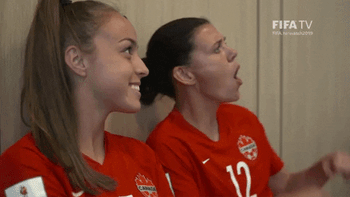U.S. and UK will bring FIFA Women’s World Cup tournaments to top women’s soccer markets

The GIST: Yesterday, FIFA confirmed the hosts for the 2031 and 2035 Women’s World Cup (WWC) tournaments in 2031 and 2035 as the U.S. and the UK, respectively. While these nations were the only ones to submit valid bids by the deadline, the confirmation is still a significant milestone for both burgeoning women’s soccer markets. Score.
The precedent: Australia saw several significant wins as host of the last WWC, including an attendance record of 1.9M and $570M in revenue, which allowed the WWC to break even for the first time. Plus, 7.13M Aussies tuned in for the England vs. Australia semifinal.
- In addition to boosting national pride and personal interest among citizens, the tourney generated $867.5M in economic impact for Australia, $1.82B in media value for the Matildas, and is reported to have contributed to a $212.5M decrease in national healthcare thanks to more inspired and active citizens. Good on ya.
The U.S. scene: The U.S. previously hosted the tournament in 1999 and 2003, but that was before the NWSL existed, which now boasts a $1.46B value for its 14 active clubs. Thanks to this thriving pro soccer landscape, an ideal broadcasting window, and the country’s surging soccer fandom, hosting the tournament in the U.S should print money.
The UK scene: While the UK has never hosted the WWC before, it did host the 2022 Women’s Euro and saw a total tournament attendance of over 574K. Plus, a record 17.4M UK viewers and 87,192 in-person fans watched the Lionesses take the title.
- The UK has leveraged that national interest into growing its domestic league, the WSL, which just underwent a restructuring and is quickly becoming more profitable. The league inked a multiyear broadcast deal with BBC and Sky Sports, and DAZN is now streaming WSL games internationally.
Final thoughts: With these bids out, companies should immediately start thinking about how they can sponsor the competitions. Brands that activated early leading up to the 2023 WWC — especially those newer to the space like Cadbury, CommBank, Qantas, Priceline, and Subway — reaped the rewards of teaming up with Australia’s most marketable sports team.
- The Australian government found that every $1 spent by sponsors of elite women’s sports translates to $7.29 in customer value. When combined with the consumer loyalty and brand awareness of women’s sports fans, now’s the time to come off the bench.
Enjoying this article? Want more?

Sign up for The GIST and receive the latest women's sports business news straight to your inbox three times a week


